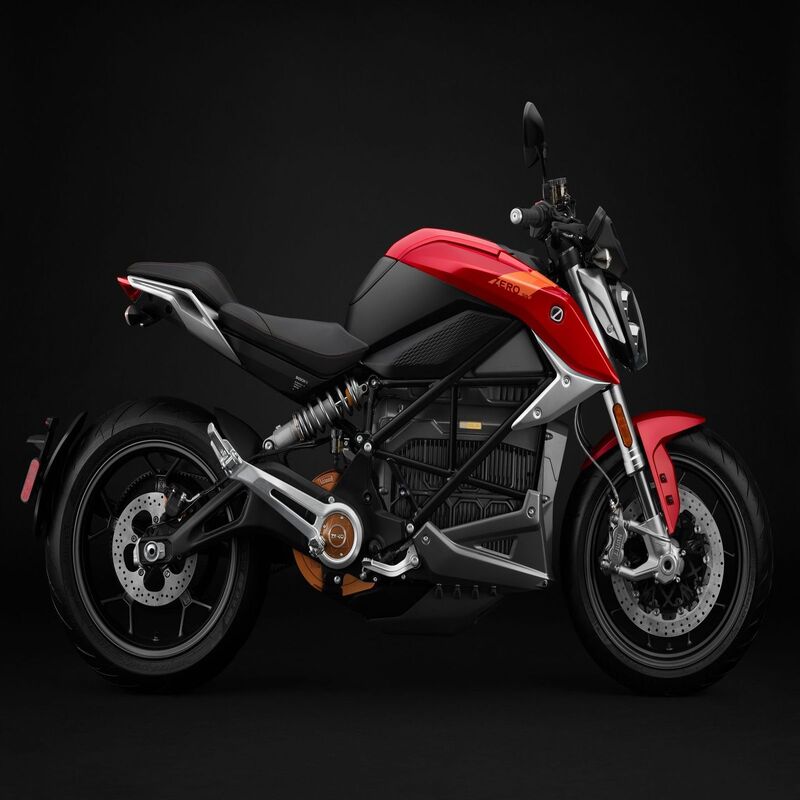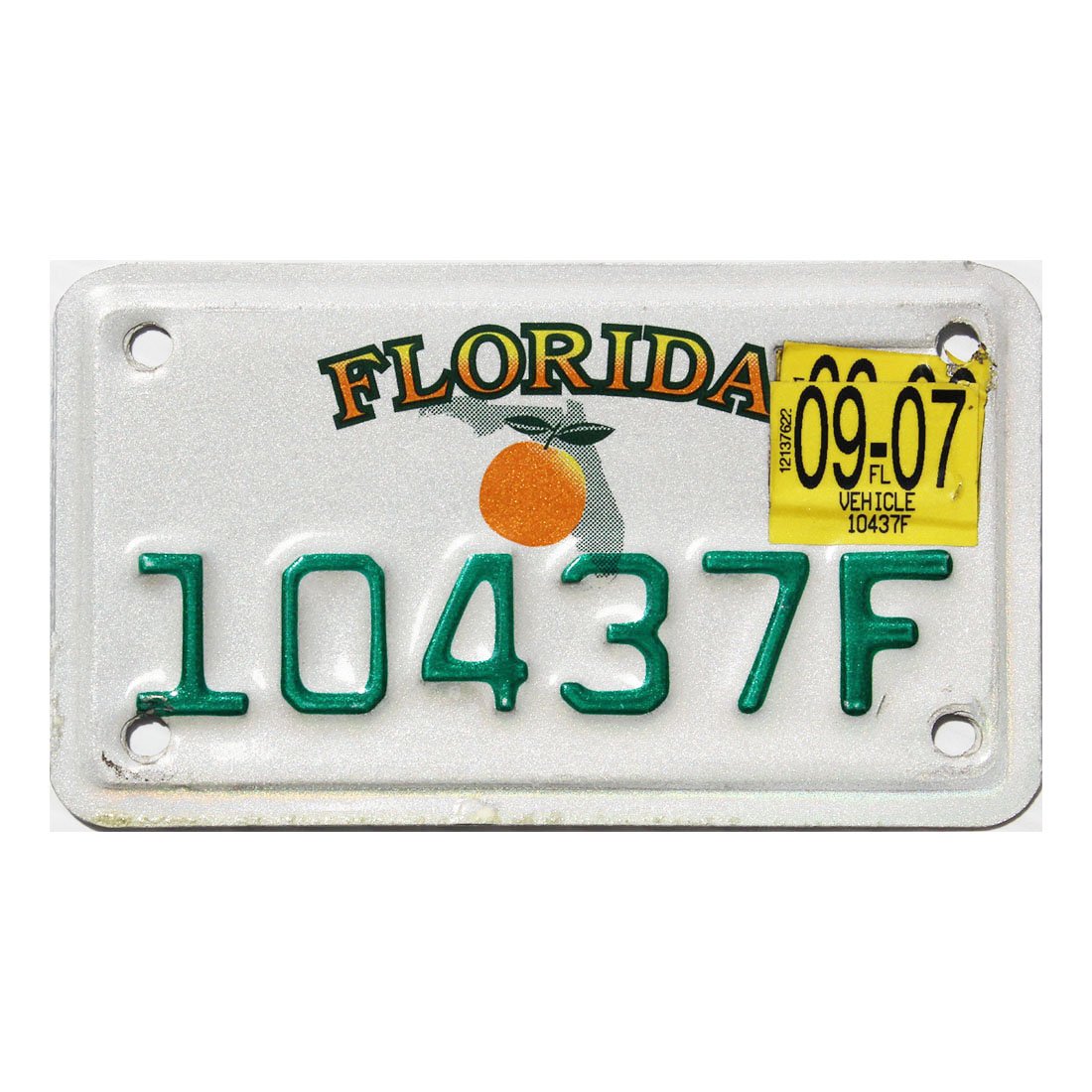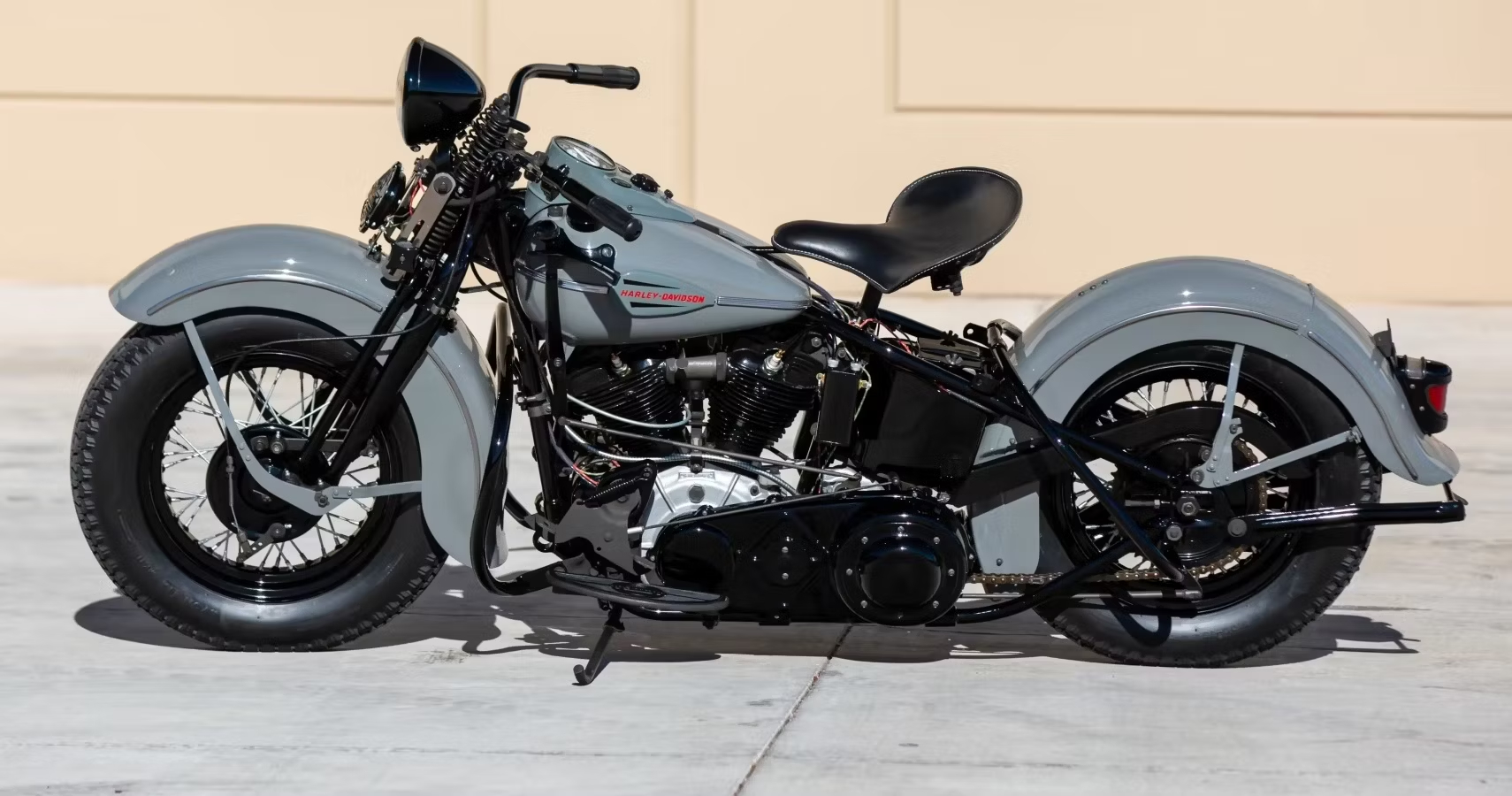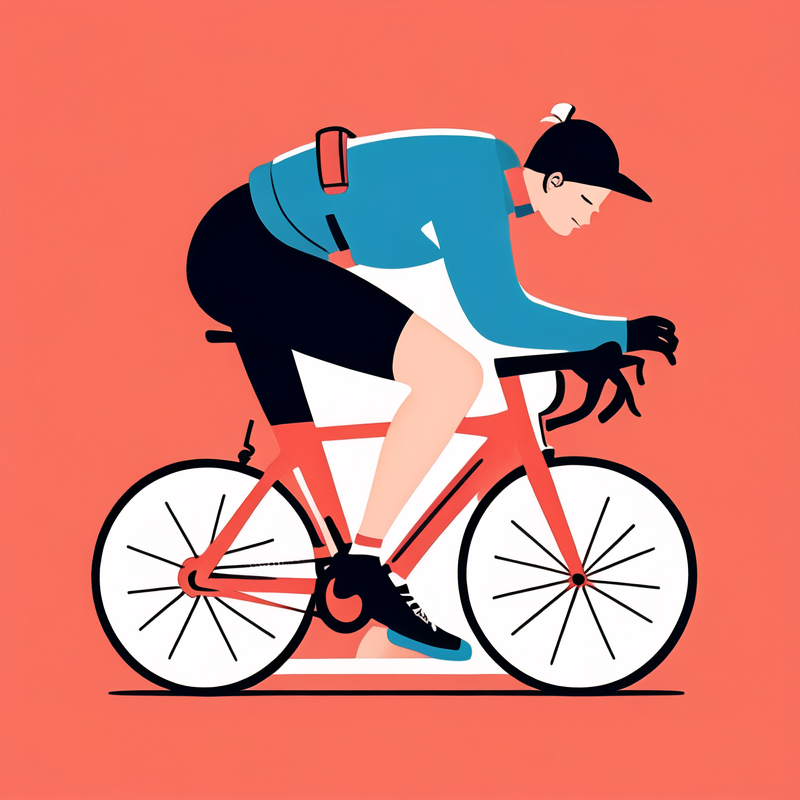Essential Gear and Safety Equipment
Before diving into how to start a motorcycle, it’s critical to discuss the gear and safety equipment you’ll need. The right gear is not just for compliance with the law, but for your protection from the elements and in the event of a crash.
Helmets and Protective Clothing
Your helmet is your best defense in a crash and it’s imperative to choose one that meets safety standards. Look for DOT, ECE, or Snell certifications. The helmet should fit snugly without being too tight. Additionally, protective clothing is a must. This includes a jacket with armor, long pants, and over-the-ankle footwear. These items provide a barrier between you and the road, helping to prevent road rash and more serious injuries.
Gloves and Footwear
Gloves are essential for both grip and protection. They should be made of durable material like leather and fit well. Remember, you’ll need a good feel of the controls, so choose gloves that allow for dexterity. Footwear is equally important. Motorcycle boots offer the best combination of protection and functionality when learning how to start a motorcycle. They protect your feet and ankles while providing the necessary grip on the pedals.
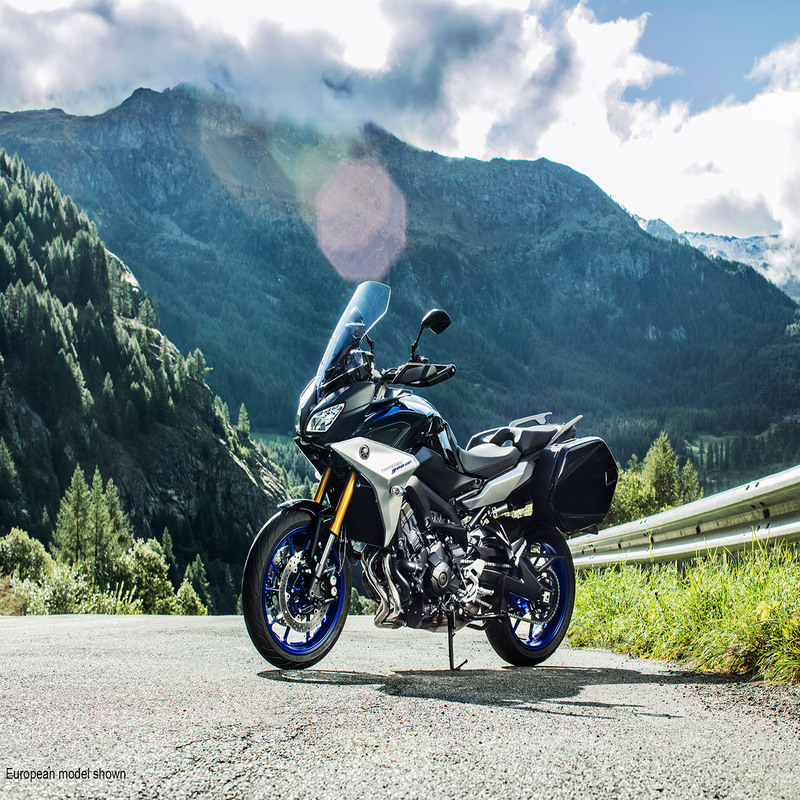
Overview of Motorcycle Types
Choosing the right type of motorcycle is crucial to ensuring comfort and ease of riding. Different types can vastly affect your riding experience.
Sport Bikes
Sport bikes emphasize speed, acceleration, braking, and cornering on paved roads. They have lightweight frames and a powerful engine. Riders lean forward over the gas tank during riding. This style suits those who enjoy high speeds and sharp handling.
Cruisers
Cruisers feature a more relaxed riding position. Riders sit upright with the handlebars easily within reach, and the footpegs are positioned forward. This setup makes cruisers ideal for longer, comfortable rides. Cruisers often have a lower seat height and are popular for their classic styling.
Touring Motorcycles
Touring motorcycles are designed for long-distance travel, featuring large fuel tanks and ample storage. They have comfortable seating for long hours on the road. These motorcycles are heavier due to the additional features like full fairings, which help with weather protection, and audio systems.
Pre-Ride Inspections
Before you learn how to start a motorcycle, conducting pre-ride inspections is critical. This step helps ensure the safety and reliability of your motorcycle before hitting the road.
Checking Oil and Fluid Levels
The first step is checking oil and fluid levels. Ensure the engine oil is at the right level. It lubricates and protects your engine components. Check the coolant in liquid-cooled engines to prevent overheating. Also, inspect the brake fluid level to maintain effective braking power.
Inspecting Tires, Brakes, and Lights
Next, examine the tires for wear and proper inflation. Good tire condition is vital for safe riding. Look for any cuts, bulges, or signs of wear that could lead to a blowout. Check the tread depth to ensure you have enough traction to ride safely.
Brakes are your lifeline on the road. Test the brake levers and pedals for a firm feel and ensure that the brake pads have sufficient material left.
Finally, don’t overlook the lights. Check the headlights, turn signals, and brake lights. Proper functioning lights are essential for visibility and to communicate with other road users.
By performing these pre-ride inspections, you boost your confidence in the motorcycle’s condition, paving the way to a safer ride.
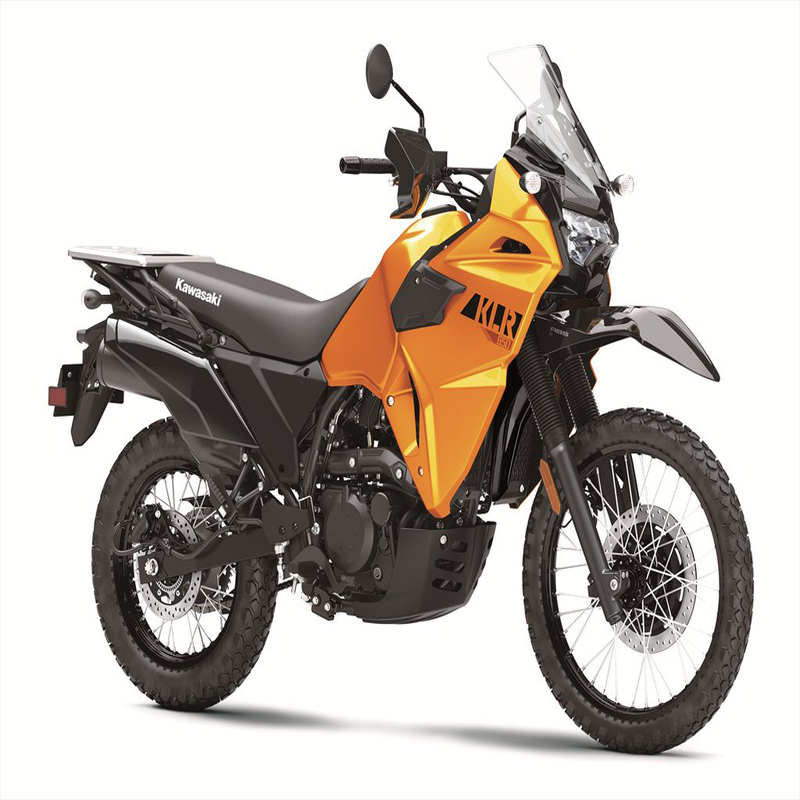
Starting Procedures
Once you’ve performed the necessary pre-ride inspections, it’s time to start your motorcycle. Starting a motorcycle properly is essential for a smooth ride and to avoid causing any damage to the engine.
Using the Ignition Key
To start your motorcycle using an ignition key, follow these steps:
- Ensure the motorcycle is in neutral. This prevents accidental movement when the engine starts.
- Insert the key into the ignition switch and turn it to the ‘on’ position. This will power up the motorcycle’s electrical systems.
- Check the kill switch. Make sure it is in the ‘run’ position or the motorcycle will not start.
- Press the start button usually located on the right handlebar. The engine should start running. If it doesn’t, check if the choke is needed, especially in colder weather.
- Let the engine warm up for a few minutes to ensure smooth performance.
Kick Start vs. Electric Start
Motorcycles may feature either a kick start or an electric start mechanism, each with its own benefits:
- Kick Start: This traditional method involves literally kicking a lever (the kick starter) to start the engine. It requires more physical effort but is independent of the motorcycle’s battery. This method can be crucial if the battery fails.
- Electric Start: Most modern motorcycles come with an electric start system. It’s as simple as pressing a button, making it more convenient and user-friendly than the kick start. However, it relies entirely on the battery’s health.
Understanding these starting procedures and the type of start your motorcycle has are valuable in ensuring a successful and hassle-free start each ride.
Basic Riding Techniques
Mastering basic riding techniques is key to a safe and enjoyable experience on a motorcycle. These skills serve as the foundation for all your rides, whether you’re just starting out or you’ve been riding for years.
Balancing and Handling
Balancing on a motorcycle is the first skill to hone. Start by sitting on the bike and feel its weight. Get a sense of how it moves. Keep both feet on the ground and practice leaning the bike slightly from side to side. This will build your confidence in handling the bike’s weight.
Once moving, look ahead and keep your body relaxed but alert. Use your body to steer, leaning into turns while keeping the motorcycle upright. Handlebars should guide the bike, but it’s your body that does the balancing.
Braking and Turning
Braking effectively is crucial. Use both front and rear brakes together for a smoother stop. Apply the brakes gently to avoid skidding. Practice this in a safe area until it feels natural.
Turning requires a mix of balance and control. Slow down before a turn and look where you want to go. Gently lean into the curve and accelerate out of it. Remember not to brake sharply while turning, as it can cause the bike to become unstable.
Practice these techniques regularly. With time, balancing, braking, and turning will become second nature, leading to more confident and safe motorcycle rides.
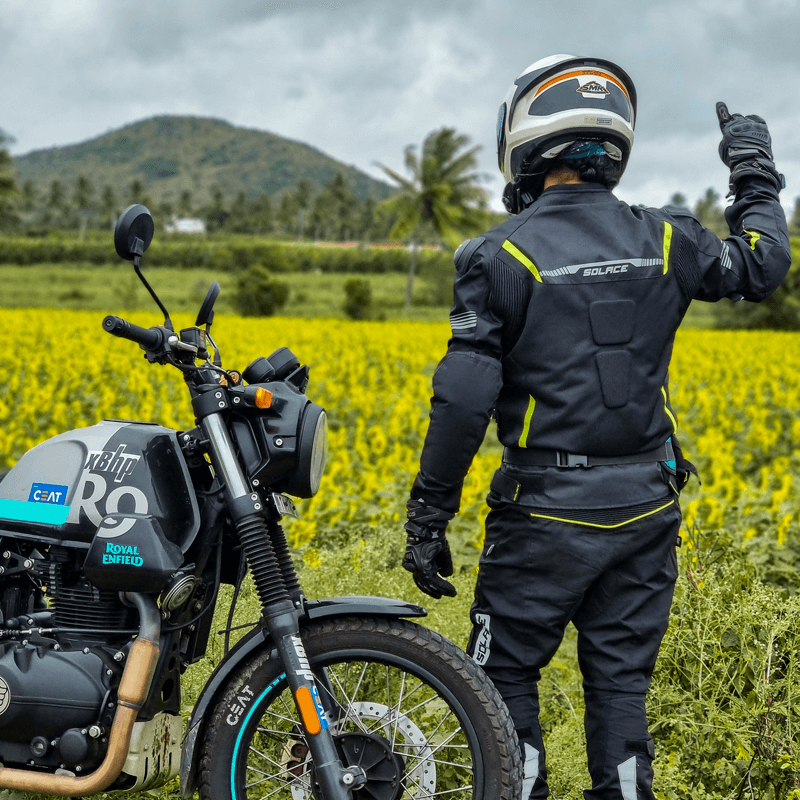
Troubleshooting Common Issues
When you encounter problems with your motorcycle, effective troubleshooting is essential. Knowing how to identify and address common issues can save time and prevent potential hazards. Here, we’ll explore some typical troubles you might face and how to handle them.
Addressing Engine Troubles
Engine issues can manifest in several ways, like difficulty in starting, unusual noises, or a noticeable drop in performance. Here are steps to diagnose and resolve these issues:
- Check the Fuel System: Ensure there’s enough fuel and that it’s fresh; stale fuel can cause problems.
- Inspect the Spark Plugs: Dirty or worn-out spark plugs can prevent the engine from starting.
- Look at the Air Filter: A clogged filter restricts air flow, affecting engine performance.
- Examine the Battery: A weak or dead battery can be a common culprit for starting issues.
- Review the Oil Level and Quality: Low or dirty oil can lead to increased friction and engine damage.
Address these points one by one to pinpoint the problem. If issues persist, consult a professional mechanic.
Handling Battery Problems
Batteries are crucial for starting your motorcycle and powering its electrical systems. To handle battery-related issues, follow these guidelines:
- Regular Inspection: Check the battery for signs of wear or damage regularly.
- Maintain Charge Levels: Ensure the battery is properly charged. Use a trickle charger during off-seasons.
- Clean Battery Contacts: Corrosion at the terminals can lead to poor connections. Clean them with a wire brush.
- Tighten Connections: Loose terminals can prevent your motorcycle from starting.
- Test Battery Health: Use a multimeter to check the voltage. Replace the battery if it falls below normal levels.
Addressing and maintaining your motorcycle’s battery will enhance its reliability and longevity. Remember, preventive care is better than reactive repairs.
